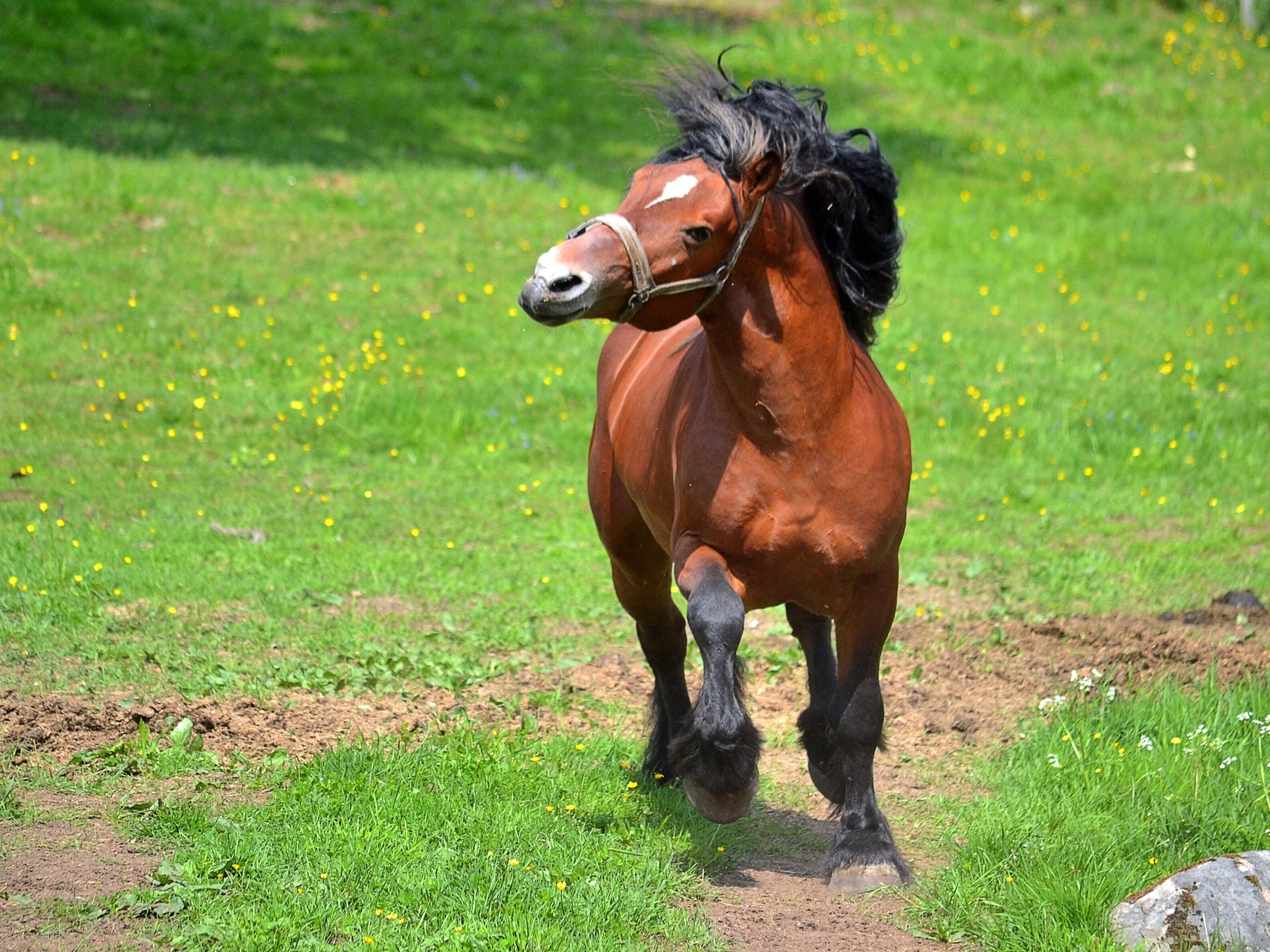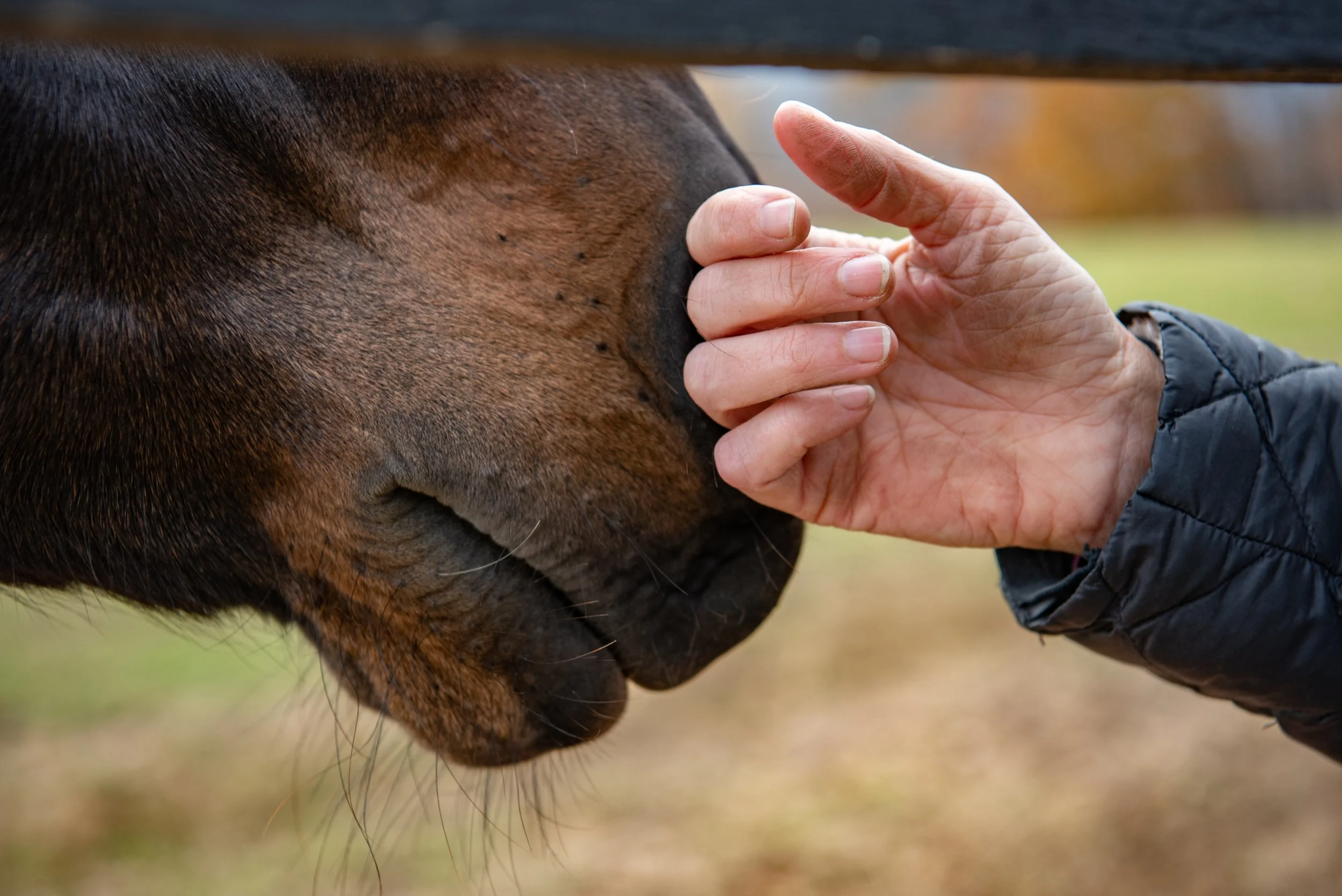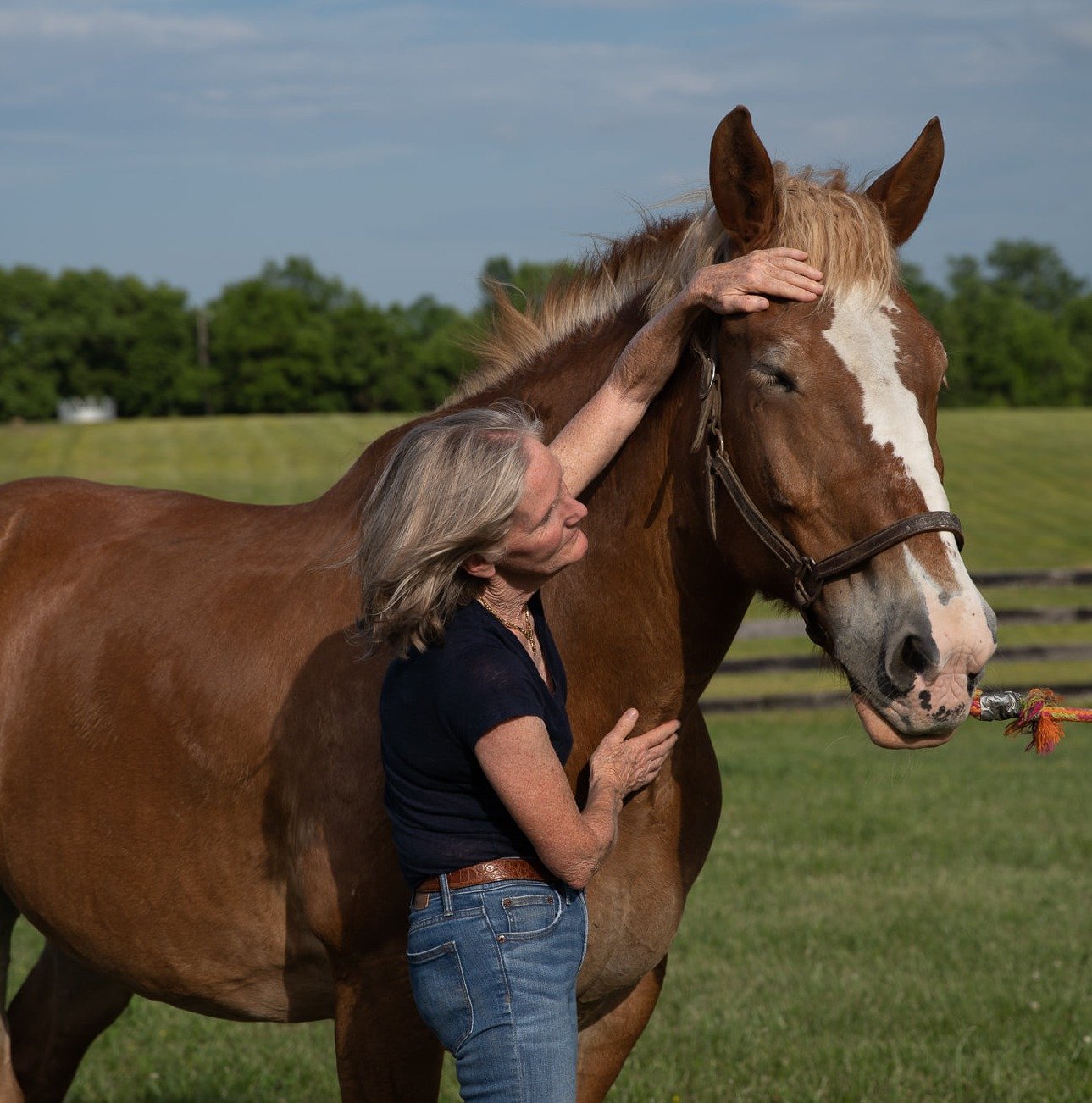Jin Shin Jyutsu Sessions for our Equine Partners: What to Expect
Background
Working with horses usually starts with a conversation with the owner, trainer, or rider. Something’s going on with their horse that they’ve not been able to either determine the cause or found a solution to. As with my human clients, I’m usually the last person on the list that my new equine clients call. This is primarily because they’ve not heard of Jin Shin Jyutsu before.
My equine clients may or may not have already been using other holistic approaches to their horse’s care such as massage, acupuncture, and chiropractic. Whatever they’ve used, the issue hasn’t been fully resolved. Often they’ve tried every other possible way of helping their horse before they come to me.
I’m a great believer in using the best of all care, from the traditional care of veterinarians and farriers, to what up until recently was considered “out there” for both horses and people. These traditionally “out there” practices include osteopathy, acupuncture, chiropractors, and massage. (Note: massage and chiropractic work has become significantly more mainstream in recent years).
Each of us comes with our own perspective of the horse. Horses, as with people, respond to each modality differently. When we’re used together as a team, the horse wins.
The Light Touch Approach
The light touch energy world of Jin Shin Jyutsu may be an ancient approach to care for all beings, but to the western world, it seems to be a new concept. In my experience, horses respond positively to Jin Shin Jyutsu for many reasons. They are beings with an expansive energy field. They feel not only their energy—but ours too. Because of this, they are sensitive to our emotions as well as theirs, letting go of what doesn’t serve them.
They don’t seem to hang onto their “stuff” as we do. That said, if they’ve lived through some trauma they may carry it forward as we do without a little help. Issues that have come up recently seem to resolve quickly. Still, like humans, they may show up in our barn with trauma from their past—in their case ownership or training.
When Equine Owners Should Utilize JSJ
I always wish that my equine and human clients come to me first, or at least in sync with the other modalities/professionals they are working with, to find a solution to their or their horse’s needs in a timely manner. As is common with other types of therapy, it’s always easiest when addressing a situation earlier rather than later.
When I meet with the horse’s representative, I take into consideration everything that I can learn about the horse – its work and ownership history, physical problems, and any emotional issues that may have been identified. Learning about a horse’s background is important because they are intelligent creatures that carry a lot with them. This can be in the form of trauma and neglect to love and emotional connections.
Because JSJ is a holistic approach, I see many different types of situations. These can range from behavioral issues that are evident to even laypersons to more complicated issues like creating better connections between the horse and rider in hunter jumper pairings. In this situation, the goal is to increase performance in events. I much prefer potential clients to ask me for my experience and not need my services than waiting until it’s too late.
The Initial Appointment
If the horse has been worked with by an acupuncturist or chiropractor, I like to look at any reports available to find out where they have noted any tension in the body and what energetic meridians have been utilized to attempt to resolve the issue.
I also look at the horse. I request current photos and videos of the horse in action. Confirmation photos can show how energy has become solidified in the body. Moving videos help me see how the flow of energy is affecting their gait, performance, and demeanor. I also like to have a current headshot of the horse, preferably looking at the camera. This helps me feel more connected to the horse I’m working with before I arrive for our first session together.
I like to arrive at my appointment with my equine client a few minutes early. This allows me to spend a few minutes with the horse alone before the owner or person in charge arrives. I never enter a stall or field without permission, and absolutely never on the first encounter. I prefer to stand or sit outside of the horses’ area quietly to observe and connect with them.
Being with the Horse
So many horses are used to humans arriving to “do” something with them. I prefer to begin by simply “being” with them.
It’s also important to remember that the stall is the horse’s personal home, their safe place. I prefer to say my hellos and begin the conversation with them from outside and wait to feel permission to enter.
During this time outside, in their field or stall, I take time to center myself. I do this through a simple practice of Jin Shin Jyutsu self-help. Often this involves holding my fingers one by one to calm my emotions so that I can meet them from a place of balance.
Remember I said that horses can instinctively feel our emotions? This is their prey instinct at work. By discerning my feelings they discern if I am a person of safety or someone to fear. Equine therapists will tell you that horses mirror your emotions back to you. I believe this is true.
I do my best to show up balanced and open to connect with them to understand what their needs are without my emotional baggage getting in the way. This feels like a sacred time together.
I find that after a few Jin Shin Jyutsu interactions, the horses really connect with these few minutes of quiet bonding before we begin.
The Role of the Horse and Representative
With any horse, I always prefer someone to be present as I work for safety and liability reasons. I work often with expensive horses and so having that second set of eyes feels important.
If the horse is new to me, I ask that the individual hold the horse with a lead rope to begin. This isn’t always necessary but can be helpful for young horses or for horses that are prone to biting by habit.
The lead rope can be distracting to the horse and my hope is that ultimately we’ll be able to work together without it.
I prefer the horse to have the ability to move in response to the energy shifts they are feeling. Horses often like to circle their stalls to help the energy harmonizing process. They also often take a few minutes to stare out the stall door or window to process the changes they’re feeling.
I’m in no hurry during a Jin Shin Jyutsu session. After all, it’s their session and I’m there to work with them not do something to them. I may stay close to them as they circle or step back to give them room to relax, allowing them the time they need to release and let go without pressure from me.
How Long Jin Shin Jyutsu Sessions Last
How long treatment lasts really depends on the horse. Sometimes the change is quick and the horse begins to show signs of release and relaxation immediately. Other times they feel the work so strongly that they back off, needing more time to process so the session is short. In this case, I may finish the session working remotely from home later in the day or even the next day.
I work with horses in this way in Europe so it’s not a foreign concept to me. Energy travels and connects. Any quantum physicist will tell you this. It’s not a woo-woo concept, it’s pure researched science. If I work this way, I always request permission from the horse, knowing that still, whether I am near or far, the session belongs to them in their own right timing.
Talk with Jennifer
If you’re interested in learning more about Jin Shin Jyutsu services for equestrian partners, feel free to send me a message. I’m passionate about the horse industry and creating better outcomes for our friends.







